The Science of Human Sleep Disorders
Introduction
Sleep disorders, also known as somnipathy, are conditions that affect the ability to sleep well on a regular basis. They are a group of syndromes characterized by disturbance in the individual's amount of sleep, quality or timing of sleep, or in behaviors or physiological conditions associated with sleep.
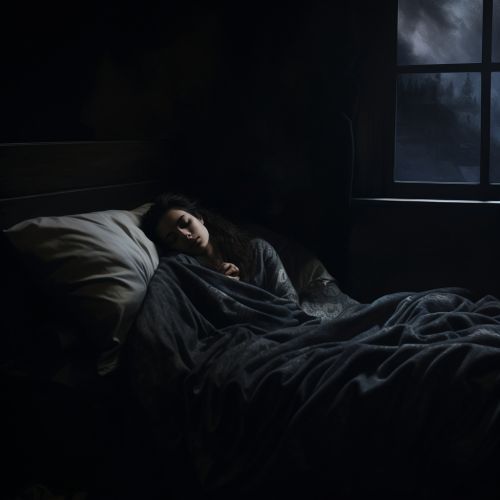
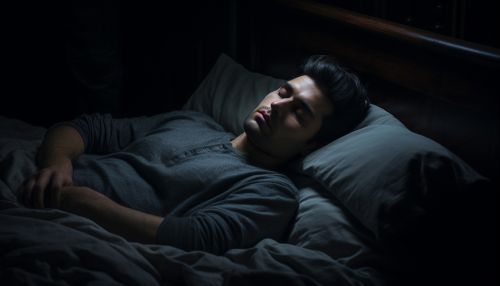
Classification of Sleep Disorders
Sleep disorders are broadly classified into six major categories: Insomnia, Sleep-Related Breathing Disorders, Central Disorders of Hypersomnolence, Circadian Rhythm Sleep-Wake Disorders, Parasomnias, and Sleep-Related Movement Disorders.
Insomnia
Insomnia, the most common type of sleep disorder, is characterized by persistent difficulty falling asleep or staying asleep despite having an adequate opportunity to sleep. This results in daytime sleepiness, poor concentration, and a general feeling of being unwell.
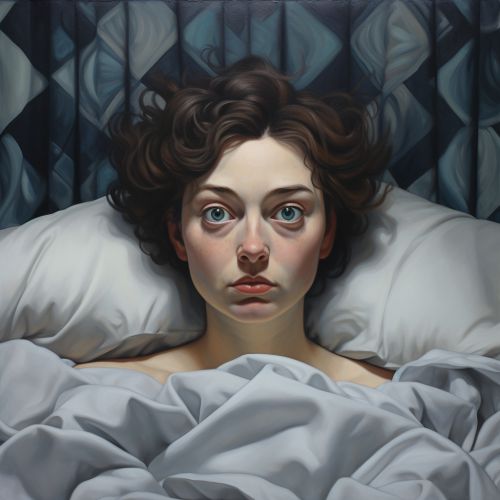

Sleep-Related Breathing Disorders
Sleep-related breathing disorders encompass a spectrum of conditions whose common feature is abnormal respiratory patterns or inadequate ventilation during sleep. The most common condition in this category is sleep apnea, characterized by repeated episodes of complete or partial obstructions of the upper airway during sleep.
Central Disorders of Hypersomnolence
Central disorders of hypersomnolence are characterized by excessive sleepiness. The most common conditions in this category include narcolepsy, idiopathic hypersomnia, and Kleine-Levin syndrome.
Circadian Rhythm Sleep-Wake Disorders
Circadian rhythm sleep-wake disorders are a group of conditions characterized by a persistent or recurrent pattern of sleep disruption primarily due to alterations in the circadian system or to a misalignment between the endogenous circadian rhythm and the sleep-wake schedule required by an individual's physical environment or social or professional schedule.
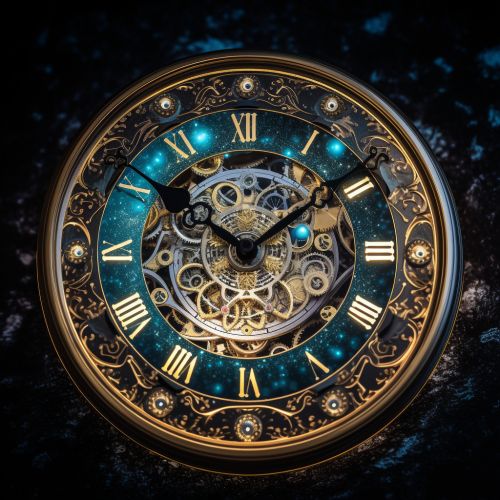
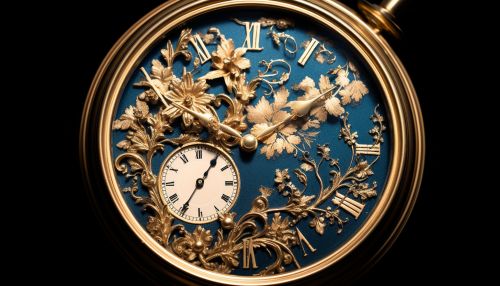
Parasomnias
Parasomnias are a group of sleep disorders characterized by abnormal movements, behaviors, emotions, perceptions, or dreams that occur while falling asleep, sleeping, between sleep stages, or during arousal from sleep.
Sleep-Related Movement Disorders
Sleep-related movement disorders are characterized by simple, often repetitive movements during sleep. The most common sleep-related movement disorder is restless legs syndrome.
Etiology of Sleep Disorders
The causes of sleep disorders are varied and complex. They can be broadly categorized into internal factors, such as medical conditions and genetic factors, and external factors, such as environmental conditions and lifestyle habits.
Internal Factors
Internal factors include medical conditions such as respiratory diseases, neurological disorders, psychiatric disorders, and genetic disorders. Certain medications can also disrupt sleep patterns.
External Factors
External factors include environmental conditions such as noise, light, and temperature, as well as lifestyle habits such as irregular sleep schedules, consumption of caffeine or alcohol, and lack of physical activity.
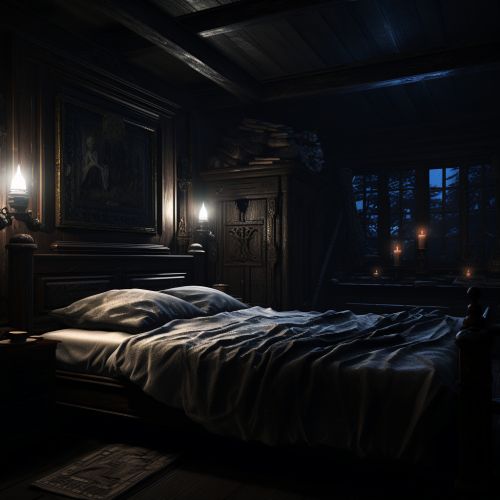

Diagnosis of Sleep Disorders
The diagnosis of sleep disorders typically involves a comprehensive evaluation that includes a detailed medical history, a physical examination, and specific diagnostic tests. These tests may include polysomnography, multiple sleep latency tests, actigraphy, and home sleep tests.
Treatment of Sleep Disorders
The treatment of sleep disorders depends on the specific type and underlying cause of the disorder. Treatment options may include behavioral and lifestyle changes, medication, and in some cases, surgery.
Conclusion
Sleep disorders are a significant public health concern, with a high prevalence in the general population. They can have a profound impact on an individual's quality of life, affecting physical health, mental health, and overall well-being.


